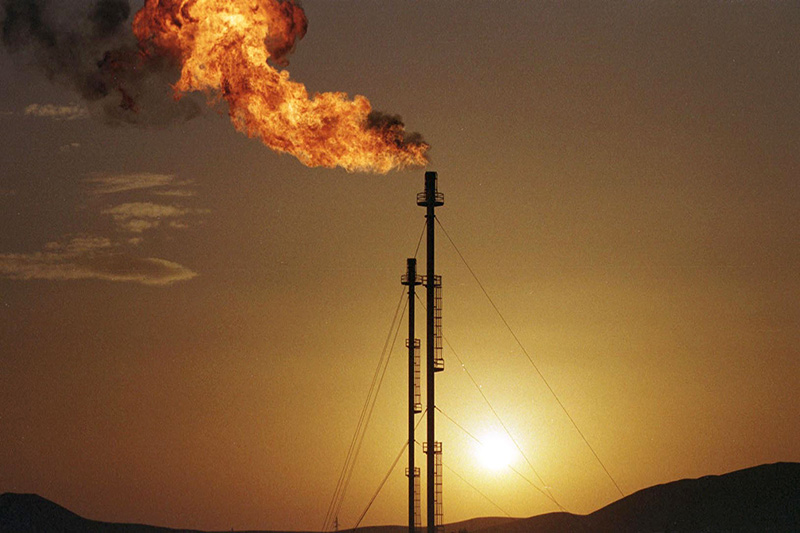Investing.com - Natural gas futures jumped during Friday’s U.S. session on reports the U.S. could see uncommonly cool temperatures for this time of year over the next several weeks.
On the New York Mercantile Exchange, natural gas futures for March delivery advanced 0.94% to USD3.276 per million British thermal units in U.S. trading Friday. The contract has traded as high as USD3.280 and as low as USD3.246.
Expectations that a cold front will hit the U.S. East Cost in the next 11 to 15 days lifted natural gas futures. Earlier this week, ndustry weather group MDA Federal said it expected a "chilly, unsettled pattern" with below-normal temperatures settling in for much of the nation in its one to five-day outlook.
Natural gas futures typically move on U.S. weather forecasts. The U.S. heating season, which runs from November through March, sees peak demand for gas. About half of U.S. households use gas for heating purposes, according to Energy Department data.
High inventories and warmer-than-expected temperatures have weighed on natural gas futures this year, sending the commodity down 3.1% on year-to-date basis prior to today.
On Thursday, the U.S. Energy Department’s Energy Information Administration said supply was 2.4 trillion cubic feet for the week ending February 15.
Due to the U.S. shale boom, the country is now one of the largest gas producers in the world, but demand has yet to keep pace with production there, forcing natural gas futures lower over the past several years.
Still, with today’s gains adding to a decent week for the commodity, natural gas futures are on pace for their first weekly gain in five weeks.
On the New York Mercantile Exchange, natural gas futures for March delivery advanced 0.94% to USD3.276 per million British thermal units in U.S. trading Friday. The contract has traded as high as USD3.280 and as low as USD3.246.
Expectations that a cold front will hit the U.S. East Cost in the next 11 to 15 days lifted natural gas futures. Earlier this week, ndustry weather group MDA Federal said it expected a "chilly, unsettled pattern" with below-normal temperatures settling in for much of the nation in its one to five-day outlook.
Natural gas futures typically move on U.S. weather forecasts. The U.S. heating season, which runs from November through March, sees peak demand for gas. About half of U.S. households use gas for heating purposes, according to Energy Department data.
High inventories and warmer-than-expected temperatures have weighed on natural gas futures this year, sending the commodity down 3.1% on year-to-date basis prior to today.
On Thursday, the U.S. Energy Department’s Energy Information Administration said supply was 2.4 trillion cubic feet for the week ending February 15.
Due to the U.S. shale boom, the country is now one of the largest gas producers in the world, but demand has yet to keep pace with production there, forcing natural gas futures lower over the past several years.
Still, with today’s gains adding to a decent week for the commodity, natural gas futures are on pace for their first weekly gain in five weeks.
